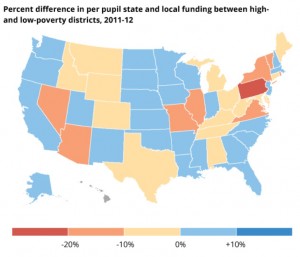Dear Commons Community,
John Hennessy, President of Stanford University, speaking at the Annual Meeting of the American Council on Education, declared that the American higher education isn’t badly broken,… It’s still “the envy of the world.” But it has to reckon with serious problems, including rising costs and falling degree-completion rates.” As reported in The Chronicle of Higher Education:
“In a keynote talk on “Information Technology and the Future of Teaching and Learning,” President Hennessy, who built his academic career in electrical engineering and computer science, sketched out ways in which technology could help. “My goal is to provide higher education that is affordable, accessible, adaptable, and enhances student learning,” he said.
Massive open online courses “are not the answer, at least not the only answer,” he said. Hybrid and flipped-classroom models work well in some settings, and we need to develop “adaptive courses that provide speed and depth” to help students learn faster and better. That could save time and money, and reduce student stress, he said.
Mr. Hennessy sounded dubious that online credentials would ever entirely replace undergraduate degrees. Those degrees amount to more than a bunch of courses strung together, he said. But he predicted that online-only professional degrees would continue to grow.
To be effective, online learning must overcome several challenges, he said. It has to help students learn better, and it needs to offer a customized experience. “In a live classroom, a good instructor can see what works and what doesn’t,” Mr. Hennessy said. Online instruction might be able to do that using real-time data and analytics on how students are engaging (or not) with the material. “We can get instant feedback,” he said…
Mr. Hennessy recalled the machine-driven educational hype of the 1960s. “There was a vision early on that we would develop high-quality technology that would solve all our problems. But it didn’t happen,” he said. “It turns out that human learning is really complex.”
Tony





